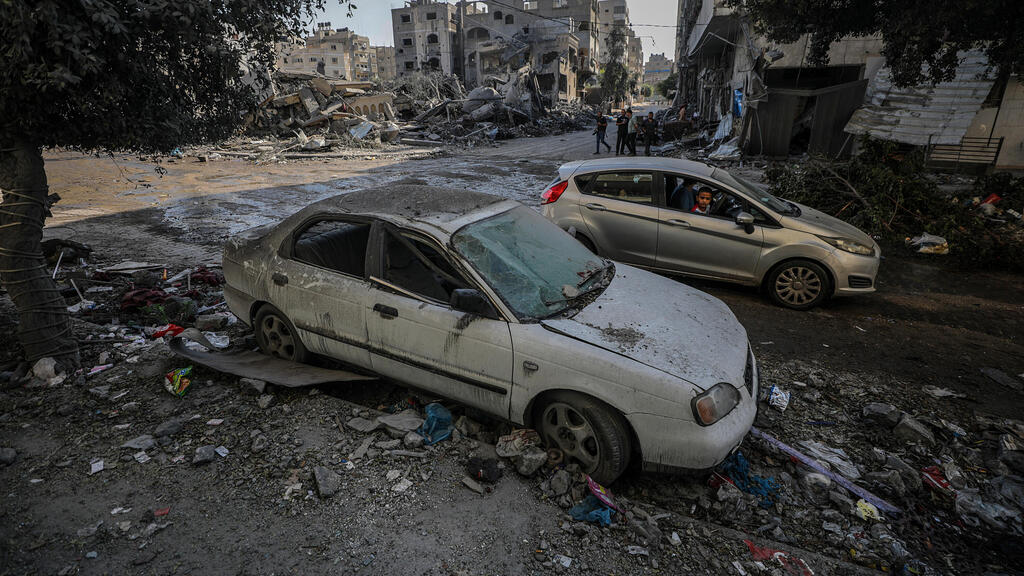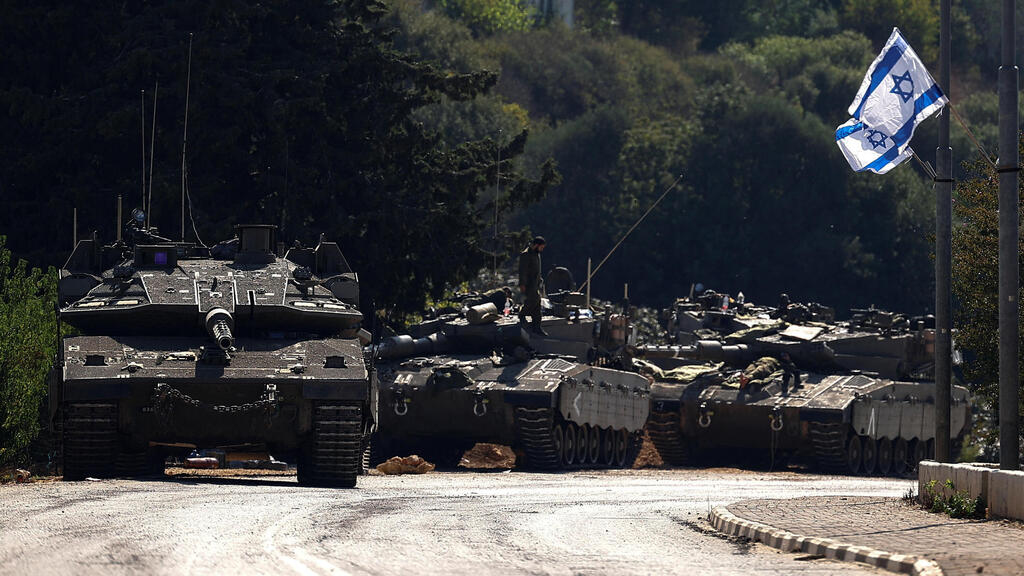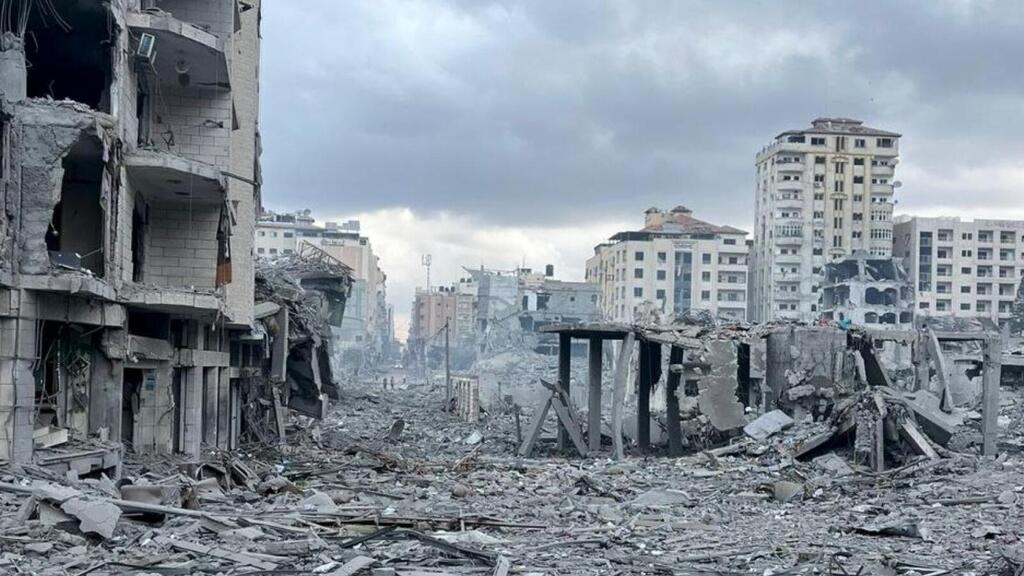Getting your Trinity Audio player ready...
Judging by the conduct of the military on day six of the war, the IDF seems to have recovered its footing and is preparing for an incursion into the Gaza Strip and a second front opening against Hezbollah in the north.
Read more:
All indications were, even before the inclusion of National Unity ministers into the government, that Prime Minister Benjamin Netanyahu and the defense establishment have decided that, if possible, fighting on multiple simultaneously should be avoided and the military should concentrate its efforts on Gaza until its mission there is completed. The final objective remains to dismantle Hamas rule over the Gaza Strip.
The inner cabinet for security may change details in planning but the strategic objectives placed on the IDF and the intelligence agencies remain the same. The establishment of the unity government alone makes a considerable contribution to Israel's deterrence and its citizen's sense of security, which was badly shaken after the failings of the military to detect the pending attack, prevent it and even respond to it at a devastating cost. This sense of security would be much needed in the coming weeks.
6 View gallery
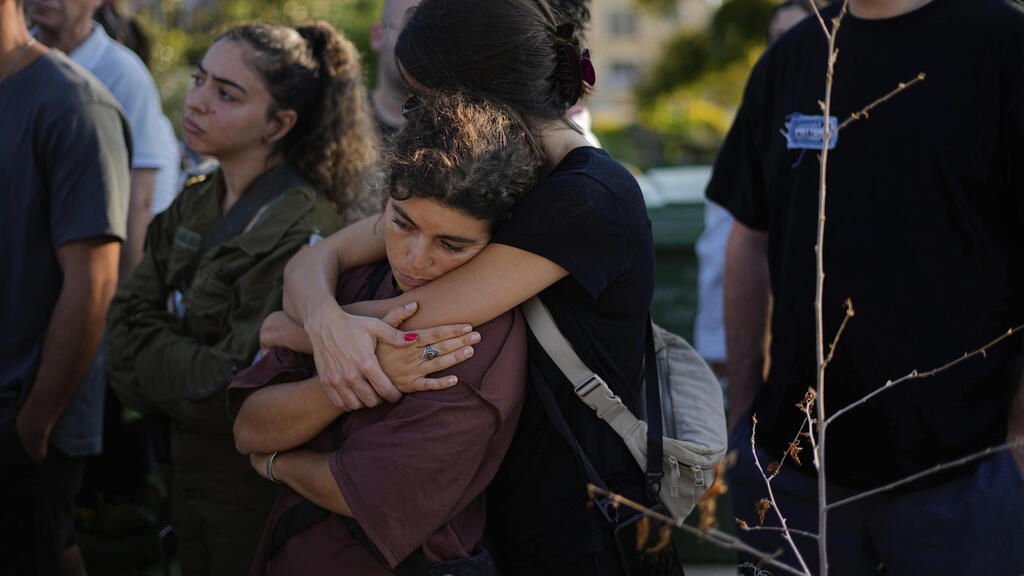

The funeral of Maya Foder, a victim of Saturday's Hamas attack
(Photo: Ariel Schalit / AP)
Paneling a limited war cabinet is important not only from a political and social perspective but also because most ministers in Netanyahu's coalition government lack the experience or training to understand military maneuvers or to decipher intelligence. The war cabinet has in it the combined knowledge of 100 years of experience and understanding of what the IDF's abilities are, and a familiarity with the enemy. They have experienced the Second Lebanon War and rounds of fighting against Gaza and can avoid past mistakes.
The Home Front Command has taken upon itself a role that was not assigned to it by the government but is vital and helpful. In addition to its legacy assignment of rescuing civilians from danger, removing the dead and securing the roads, It now is responsible for coordinating donations collected by civilian initiatives and transporting them to where they are needed, whether they be for the displaced survivors of the atrocities or reservists deployed to the borders.
6 View gallery
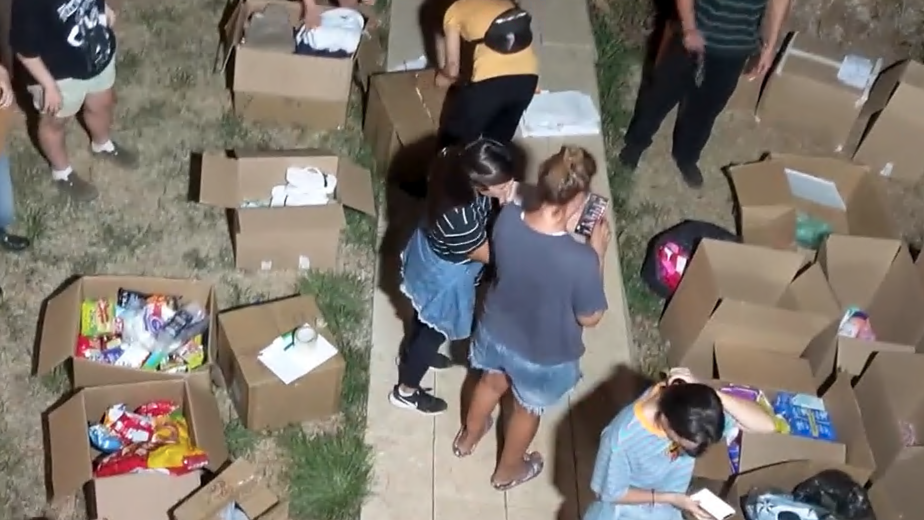

Israelis donate vital supplies for Gaza border displaced, in Ramat Gan
(Photo: Gilad Yalon)
The Home Front Command remains in coordination with local and regional councils and municipalities and together with the National Emergency Authority (NEMA) acts as an arm of government ministries which has not yet managed to adapt to the needs of the war. For example, the Home Front Command is supplying security squads in communities with M-16 and Tavor assault rifles to those trained to use them near the borders.
The problem at the moment is that there is no efficient organization and distribution of responsibilities between the Home Front Command and the National Security Ministry under Itamar Ben-Gvir. It seems, however, that the local councils understand that they would be better served by the Home Front Command in numerous areas, including evacuating their residents from the line of fire and providing them with lodging, food and vital services.
Hezbollah in Lebanon appears for now to wisely opt to remain out of the fighting. Its grand plan of attack that includes launching missiles, infiltrating into Israel and occupying border communities, with all the weaponry and assistance Iran has to offer, requires an element of surprise which is now lost after the IDF deployed its forces along the border and is anticipating the Lebanon-based terror group's moves. Many residents living along the border have also evacuated the area of their own volition or in efforts organized by their local governments.
6 View gallery
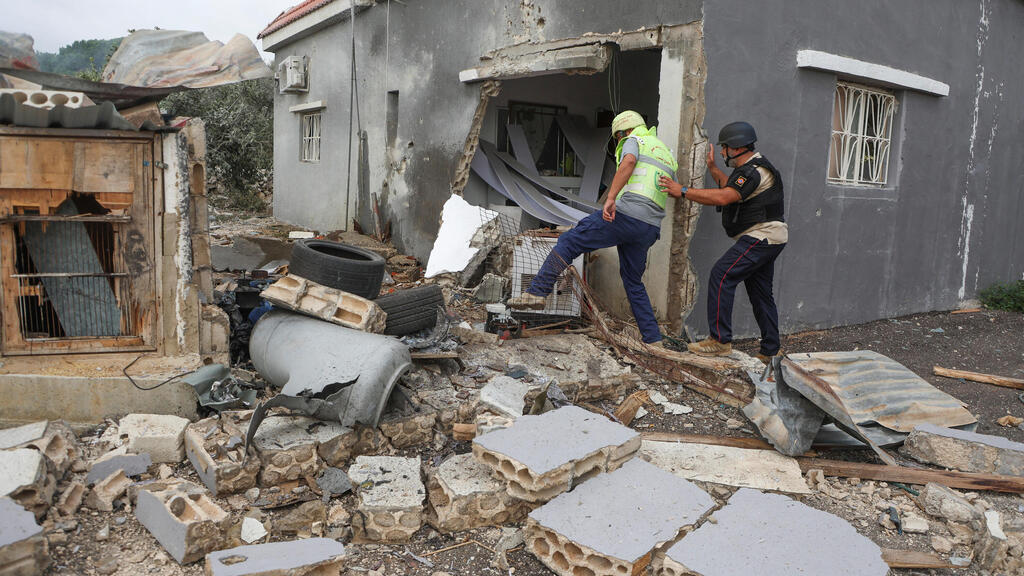

A home in south Lebanon hit by Israeli fire on Wednesday
(Photo: Mohamed Azakir / Reuters)
But Iran and Hezbollah want to exhibit support for Hamas and are provoking the IDF. Like Iran, Hezbollah employs proxies in the Palestinian Islamist factions working in South Lebanon, an area under Nasrallah's full control where no military action can occur without his specific approval. Israel therefore regards any aggression from Lebanon as Hezbollah's responsibility and retaliates against its positions.
The next test will come if and when a ground incursion into Gaza begins. Iran may then give the green light for an attack on Israel that would include missile fire and perhaps cross-border incursions by the group's elite Radwan force.
Iran is deterred because it is in the middle of negotiations with the U.S. to free frozen assets and after the arrival of the U.S.S. Ford and its accompanying naval forces in the region.
The U.S. is providing extensive military aid to Israel in a scope not seen since the 1973 Yom Kippur War. It includes mostly approved weaponry that is being sent early, including much-needed interceptors for the Iron Dome missile defense system. Other assistance is in the exchange of intelligence and support on the global stage for Israel's war in Gaza.
The predominant intelligence gathering of the IDF and Shin Bet is focused on Gaza where Hamas operatives of all ranks, command centers and communications, as well as infrastructure, are under attack from the Air Force.
The United Nations has confirmed that Hamas is struggling to operate as the rulers of the strip. Unlike past rounds of fighting, this time Israel is not warning civilians of pending strikes.
On the West Bank and in Jerusalem, relative calm has been maintained compared to the time before the war. The Home Front Command is prepared to secure the toads should West Bank Palestinians or Arabs inside Israel choose to contribute their share to the fighting by disrupting movement on the roads.
We are in a holding pattern leading up to a ground incursion. This time is needed for preparation so that the fight is quick and efficient and the cost in blood, minimal.


